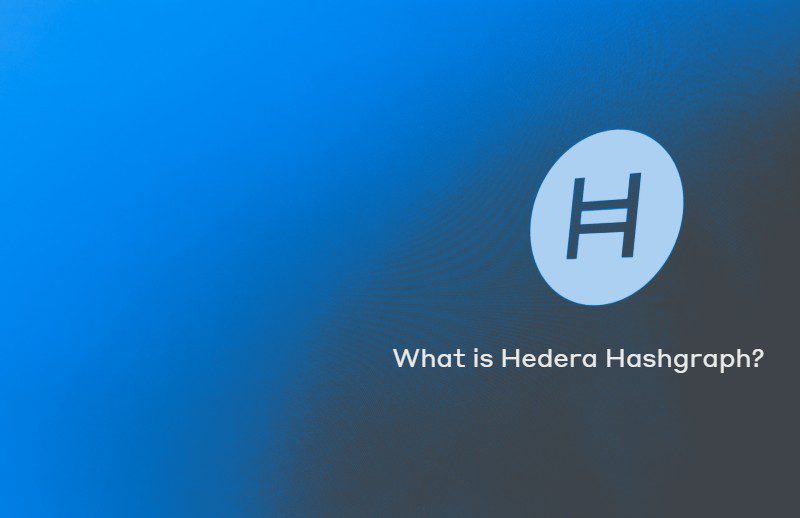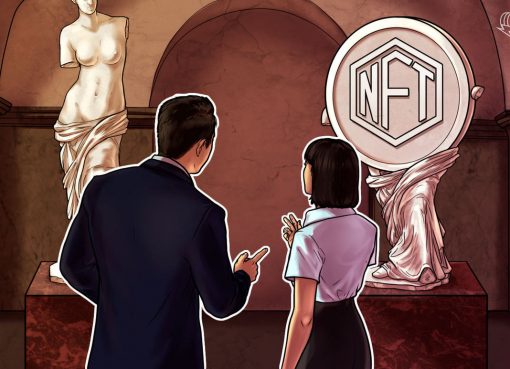Hedera Hashgraph is a decentralized public network that uses a novel consensus algorithm called hashgraph to achieve high transaction throughput and low latency. It was developed by Swirlds, a company founded in 2016 by Dr. Leemon Baird, the inventor of the hashgraph algorithm. The Hedera network was officially launched in September 2019.
The hashgraph algorithm is based on a directed acyclic graph (DAG) data structure and uses a distributed ledger technology (DLT) that is different from the traditional blockchain used by most cryptocurrencies. It achieves consensus through a combination of voting and gossip mechanisms, which allows it to process transactions faster and more efficiently than traditional blockchain systems.
The Hedera network is governed by a council of 39 global organizations, including Fortune 500 companies, academic institutions, and nonprofit organizations. The council is responsible for making decisions about the direction and development of the network, including setting policies, fees, and protocols.
How Hashgraph differs from traditional blockchains?
Hedera Hashgraph is a distributed ledger technology that is similar to blockchain in some ways, but it also has several key differences:
- Consensus mechanism: Hashgraph uses a different consensus mechanism than traditional blockchain, known as “gossip about gossip.” In this mechanism, nodes in the network communicate with each other about the transactions that they have seen, rather than using a proof-of-work or proof-of-stake approach like traditional blockchains.
- Speed and scalability: Hashgraph is designed to be faster and more scalable than traditional blockchains. It can process thousands of transactions per second and can handle a much larger number of nodes in its network.
- Data structure: Hashgraph uses a different data structure than traditional blockchains. Instead of using blocks linked together in a chain, it uses a directed acyclic graph (DAG) to store transactions.
- Security: Hashgraph uses a different approach to security than traditional blockchains. It relies on a concept called “virtual voting,” in which nodes in the network vote on the validity of transactions, rather than using cryptographic hashes to ensure the security of the network.
- Centralization: Unlike traditional blockchains, which are typically decentralized, Hedera Hashgraph is operated by a central organization and uses a permissioned ledger. This means that only certain entities are allowed to participate in the network.
- Patent: Hedera Hashgraph uses a patented technology developed by Swirlds, which is not open-source like many traditional blockchains.
Advantages of Hedera Hashgraph:
One of the main advantages of the Hedera network is its high transaction throughput, which is achieved through its use of the hashgraph algorithm. The network is able to process 500,000 transactions per second, making it one of the fastest decentralized networks in the world. It also has low latency, meaning that transactions are processed and confirmed quickly.
In addition to its high transaction throughput and low latency, the Hedera network is also designed to be secure and decentralized. It uses a distributed ledger technology (DLT) that is based on a DAG data structure, which is resistant to attacks and provides a high level of security. The network is also decentralized, meaning that it is not controlled by any single entity and is instead maintained by a network of participating nodes.
The Hedera network also aims to be fair, meaning that it is designed to prevent any single entity from gaining an unfair advantage or control over the network. It uses a proof-of-stake (PoS) consensus mechanism, which requires participating nodes to hold a certain amount of HBAR in order to participate in the consensus process and validate transactions. This helps to ensure that the network remains decentralized and promotes fairness among participating nodes.
The HBAR cryptocurrency:
HBAR is the native cryptocurrency of the Hedera network, and it is used to facilitate transactions and access certain network services. It is designed to be fast, secure, and fair, and it aims to provide a platform for the development of decentralized applications (dApps).
HBAR can be used to facilitate payments, transfer value, and access services on the Hedera network. It can also be used as a store of value, although it is not as widely accepted as some other cryptocurrencies.
If you are considering buying or using HBAR, it is important to do your own research and carefully evaluate the risks and potential rewards. Cryptocurrencies, including HBAR, are highly speculative and volatile, and their value can fluctuate significantly over time. You should also be aware of the potential risks associated with using cryptocurrency, including the risk of loss due to fraud, hacking, or other security vulnerabilities.
Potential Disadvantages of Hedera Hashgraph:
There are several potential disadvantages to using the Hedera Hashgraph platform:
- Limited adoption: Hedera Hashgraph is still a relatively new and untested platform, and it may take some time for it to gain widespread adoption.
- Complexity: The Hedera Hashgraph platform uses a complex distributed ledger technology that may be difficult for some users to understand and utilize effectively.
- Limited functionality: While Hedera Hashgraph has a number of features and capabilities, it may not offer the same level of functionality as some other blockchain platforms.
- Centralization: Hedera Hashgraph is operated by a central organization, and it uses a permissioned ledger that is not open to the general public. This may be seen as a disadvantage for those who value the decentralized nature of other blockchain platforms.
- Inability to mine and earn: Hedera Hashgraph is not a mining-based platform, so users are unable to mine for new coins or earn rewards for their participation in the network.
- Swirlds patent: Hedera Hashgraph uses a patented technology developed by Swirlds, which may be seen as a disadvantage by some users who prefer open-source technologies.
- Regulation: As a relatively new technology, Hedera Hashgraph and its use may be subject to regulatory uncertainty and change, which could impact its adoption and use.
Conclusion:
In summary, Hedera Hashgraph is a decentralized public network that uses the hashgraph consensus algorithm to achieve high transaction throughput and low latency. HBAR is the native cryptocurrency of the Hedera network, and it is used to facilitate transactions and access




